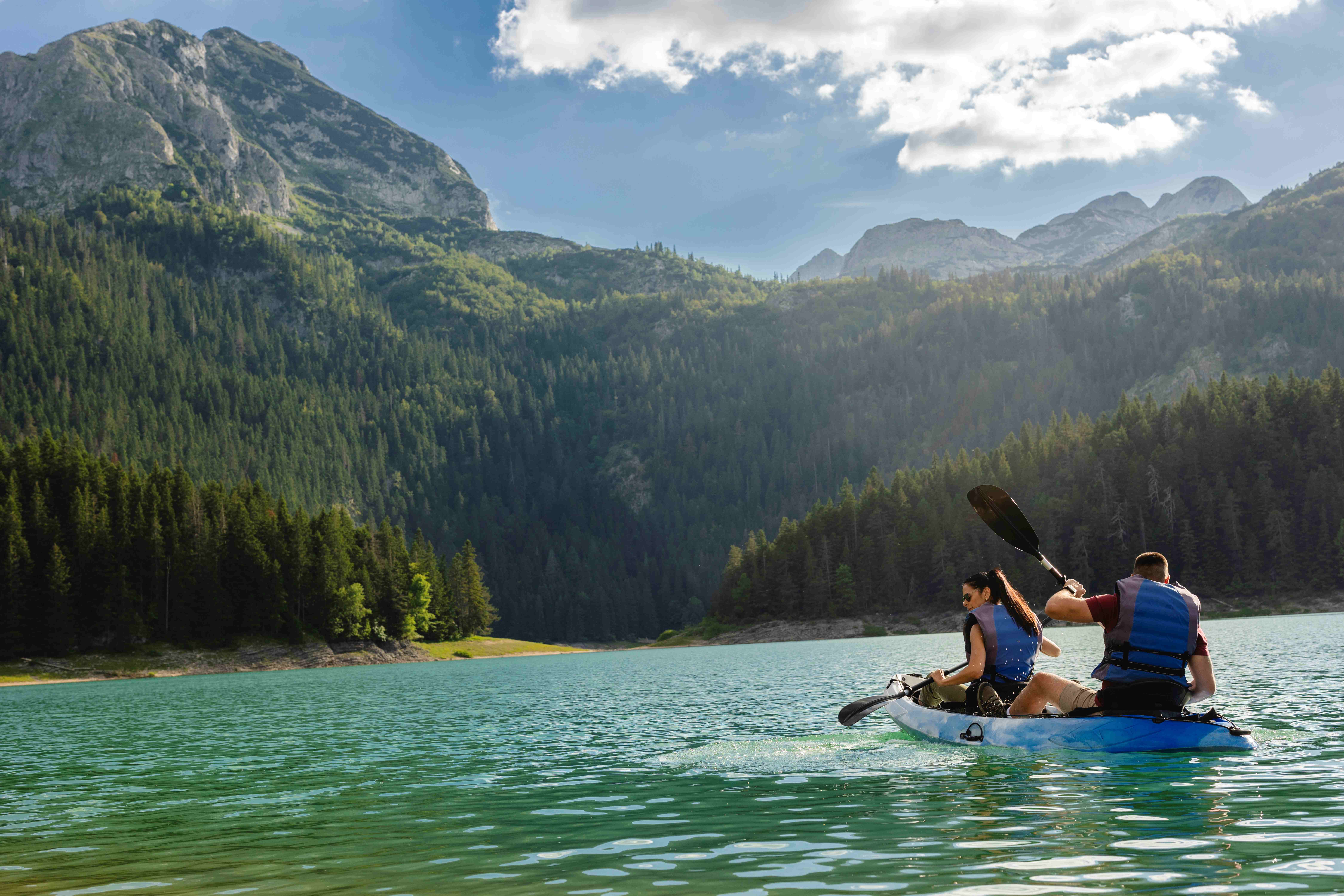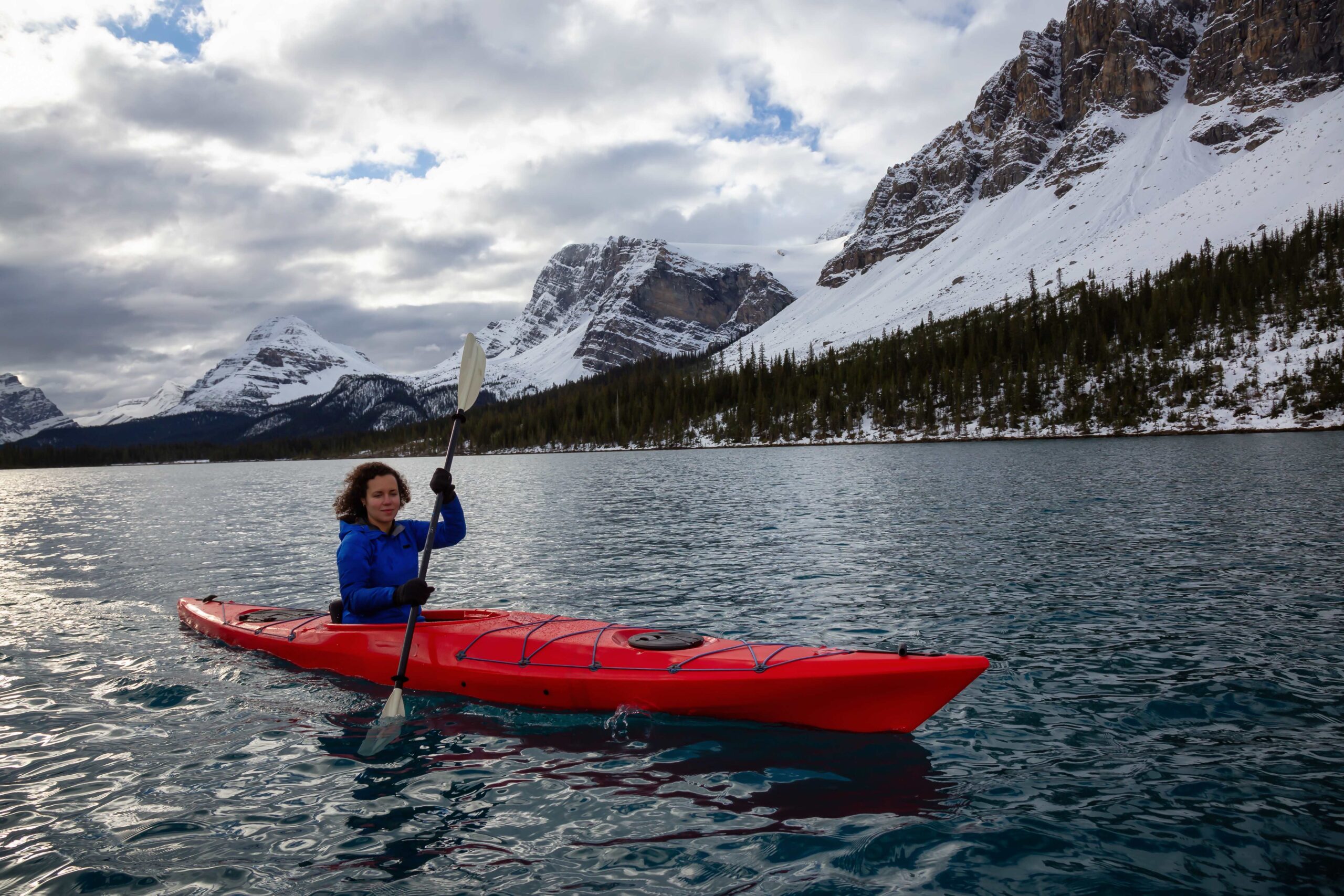Midweek mornings on the Animas River feel deceptively still. A few kayaks drift near 9th Street Bridge, each movement quiet and tentative — like testing the edge of something that might shift. And sometimes, it does. Kayaking in Durango isn’t just a way to cool off — it’s part of how this place breathes. The river is central, both geographically and emotionally. You follow it, whether you meant to or not.
A River That Doesn’t Stay Still
At first glance, the Animas seems like a beginner’s dream: long, accessible stretches, clear entry points, and water that listens more than it speaks. But come May, when snow melt accelerates from the San Juans, everything changes. Rafting Animas River during late spring means meeting the current on its own terms — faster, colder, unpredictable.
Whitewater Colorado-style doesn’t have to mean extremes. But in Durango, even Class II sections can surprise you. A sharp bend below Smelter Rapid? It looked harmless from the bank. From the raft? Not quite.
Weekday mornings in early June see a rise in solo paddlers near Santa Rita Park — a quiet slot before families and rental groups flood the lot after 11 AM.
The Animas isn’t categorized as high-risk, but it requires awareness. Its volume fluctuates fast. A rainstorm in the hills at 4 PM might swell the current by 6. That’s just how it goes.
A Bit of History — and Geography That Guides You
Durango was built by the river — almost literally. The narrow-gauge railroad followed its path; early mining camps formed along its bends. Even now, the town’s rhythm follows the river’s tempo.
You’re never far from access. Public put-ins dot the route between 33rd Street and the Durango Whitewater Park, and further south toward Dallabetta Park. The town’s investment in the Animas isn’t just infrastructure — it’s identity. Seasonal festivals, races, river clean-ups: this is a place where water means community.
If you paddle between April and October, chances are you’ll meet someone training — or just wandering downstream for clarity. The river isn’t escape. It’s return.
Routes, Flow, and What Changes When
Not all kayaking Durango experiences are created equal. Here’s how it breaks down:
- Upper Animas (above Silverton): Advanced only. Steep, remote, and Class IV–V.
- Town Run (33rd Street to 9th): Class II–III. Popular with local schools and tours.
- Whitewater Park (Smelter Rapid): Class III+, technical when water’s high.
- Below Santa Rita to Dallabetta Park: Calmer, family-friendly stretch.
Typical flow rates:
- April–May: 1,000–2,500 CFS — snowmelt begins
- June (peak): 3,000–4,000 CFS — whitewater ideal
- July–August: drops to 600–1,200 CFS — more float, less splash
- September–October: unpredictable, depends on fall rain
Local outfitters adjust schedules based on these shifts, often announcing trip-level changes the morning of departure. And still, surprise rain can undo even the best plans.
By late July, a dry week can lower levels enough to expose new sandbanks near the 15th Street bend — favorite sunspots, if you know where to look.
Safety, Rentals, and River Etiquette
Even easy rivers carry edges. Animas has seen its share of minor incidents — slips on rocky entries, capsized beginners trying to solo rapids better run with a guide.
Here’s what works:
- PFDs (life jackets): Always required, even in shallow stretches.
- Dry bags: Not optional — summer storms roll in with little warning.
- Local guides: Book ahead from June to mid-August — weekends fill fast.
- Leave no trace: Most put-ins have trash/recycle bins, use them.
Durango’s river culture is welcoming — but practiced. Locals are generous with tips, but not fond of recklessness. It’s the kind of place where someone might yell from shore just to say, “Watch the eddy!”
Not Just Recreation
Kayaking and rafting aren’t just activities in Durango. They’re part of how the town tells time. River levels shift the energy downtown — from quiet breakfast spots to buzzing post-paddle patios.
Water tourism sustains dozens of seasonal jobs, draws in eco-conscious travelers, and anchors events like Animas River Days. But even without the festivals, the river pulls people in.
Because something happens between the put-in and take-out. It’s not dramatic. Often, not even nameable. Just a sense that the town — and you — moved, a little.

Comments are closed